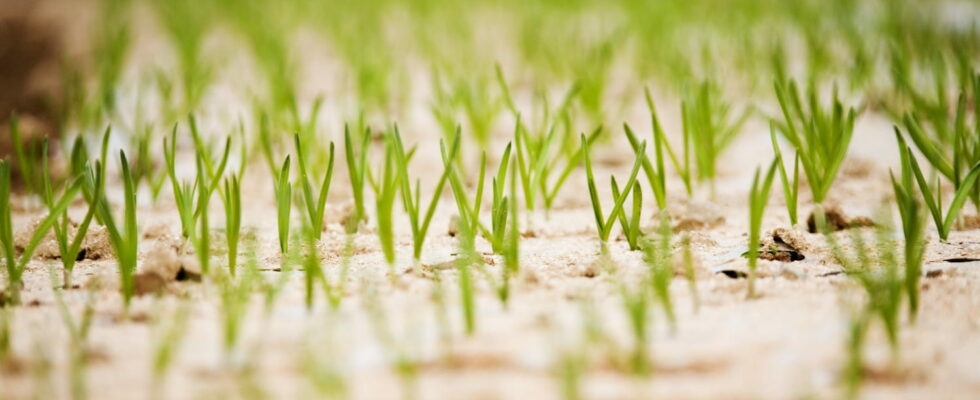Sanding your lawn is a simple but essential action to maintain a healthy lawn.
Do you want a lawn as clean and green as that of the Parc des Princes or the Stade de France this summer? If the daily care carried out by a professional gardener is difficult to imitate, you can nevertheless use a few little tips well known to these “turf professionals”. Whether it is the gardener of PSG, the Englishman Jonathan Calderwood considered the best in Europe when it comes to the lawn of the Parc des Princes, or the gardener of a large park, they all use the same miracle material: sand.
Spring, in April or until the end of May and beginning of June (especially this year given the gloomy weather), is the ideal time to sand your lawn. This allows you to benefit from periods of strongest lawn growth. With the mixed weather at the end of spring, there may still be time but don’t delay! In any case, avoid the summer months so as not to overload it in the event of high heat.
Sanding may seem strange, but it’s the secret to impeccable golf or stadium lawns. Of course, this is not enough on its own, but it is a very effective maintenance supplement. On dense, clayey or heavily trodden soils, sand aerates, softens and drains, preventing rot, moss and weeds. Drainage reduces soil moisture and helps reduce the risk of lawn disease. The pitches of professional football stadiums thus benefit from a clever mix of subsoil but they all rest on a sand substrate.
The process is simple but still requires a little method and the right equipment. First of all, the sand must be chosen carefully. To be sure of your choice, choose a quartz sand and check the particle size on the package. It must be between 0.3 and 2 mm. Before proceeding, prepare the ground well. Gardeners advise fertilizing your lawn about 2 weeks before then mow the grass to about 3 cm high to allow for a good scarification treatment. You will thus easily eliminate the moss on the surface as well as in depth. To get the right amount of sand, make sure to leave the ends of your lawn above the sand. Pour the dry sand into small piles, distribute it with a rake then a broom. Ventilate dense areas with a pitchfork if necessary. Then water to work the sand into the soil.
The frequency of watering and sanding depends on your land. On clay soil or a heavily used lawn, this action can be done once a year. Otherwise, every 2-3 years is enough to combine the benefits of watering and the natural development of the lawn. Because beyond the aesthetic aspect, sanding your lawn is essential to strengthen its health. By loosening often compact soil, sand improves its water permeability, better hydrating the roots. This technique also stimulates vigorous root growth by strengthening the turf’s resistance to disease. You know everything, the football game or the garden party promises to be beautiful!
